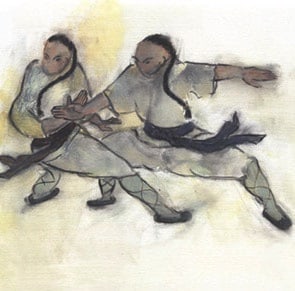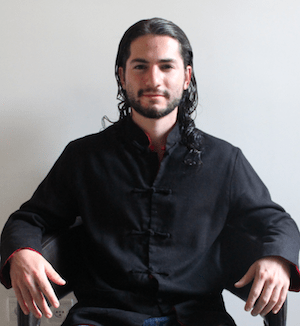
We know that Chinese medicine along with the martial and cultivation arts of East Asia share a common root.
In our healing practices we are paying attention to the medicinal side of this continuum. We don’t think about the points can be used for martial purposes, or how structures in the body can be used to generate power and force.
Our conversation today looks at some of the internal dynamics and structures from the martial point of view, as well as a tour of some of the points that can be used in particular ways if you find yourself difficult situation.
And as this conversation is the other side of the continuum we use in clinic, you’ll find some helpful clinic observations as well,

Jonathan Bluestein
I am a veteran teacher and practitioner of the martial arts, and a notable author about them. I practice and teach the traditional Chinese martial arts of Xing Yi Quan (形意拳), Pigua Zhang (劈掛掌) and Jook Lum Southern Mantis (江西竹林寺南螳螂派).
My three published works in the English language are: Research of Martial Arts (an international best-seller), The Martial Arts Teacher and Spikey: Your Edge in Self-Defense (the latter, I co-authored with one of my teachers, sifu Sapir Tal). I hold degrees in Law (LLB) and Government Studies, and have an extensive background in Jungian Personality Psychology.
The study of Traditional Chinese Medicine and Chinese Philosophy allows me to interface and correlate the many disciplines I am versed in, and in so doing tremendously benefit my quality of living, as well as the lives of the people around me.
Visit Jonathan’s website or <a href="https://www.everydayacupuncturepodcast.com/martial-arts/jonathan.bluestein@gmail.com” target=”_blank” rel=”noopener”>contact him by email.
You can find his books Research of Martial Arts and The Martial Arts Teacher on Amazon.